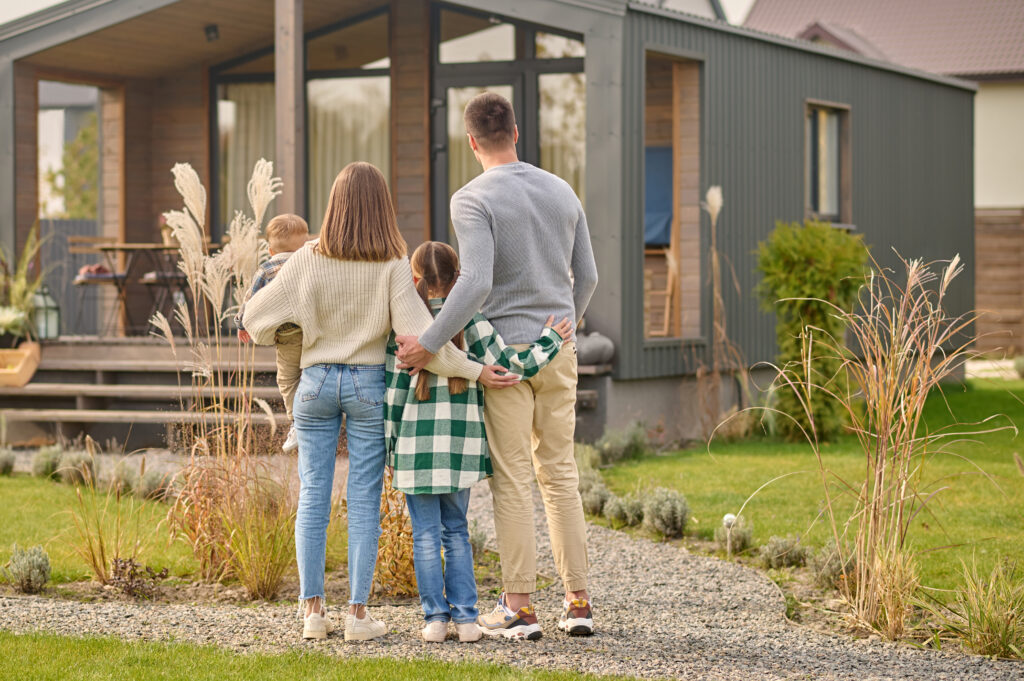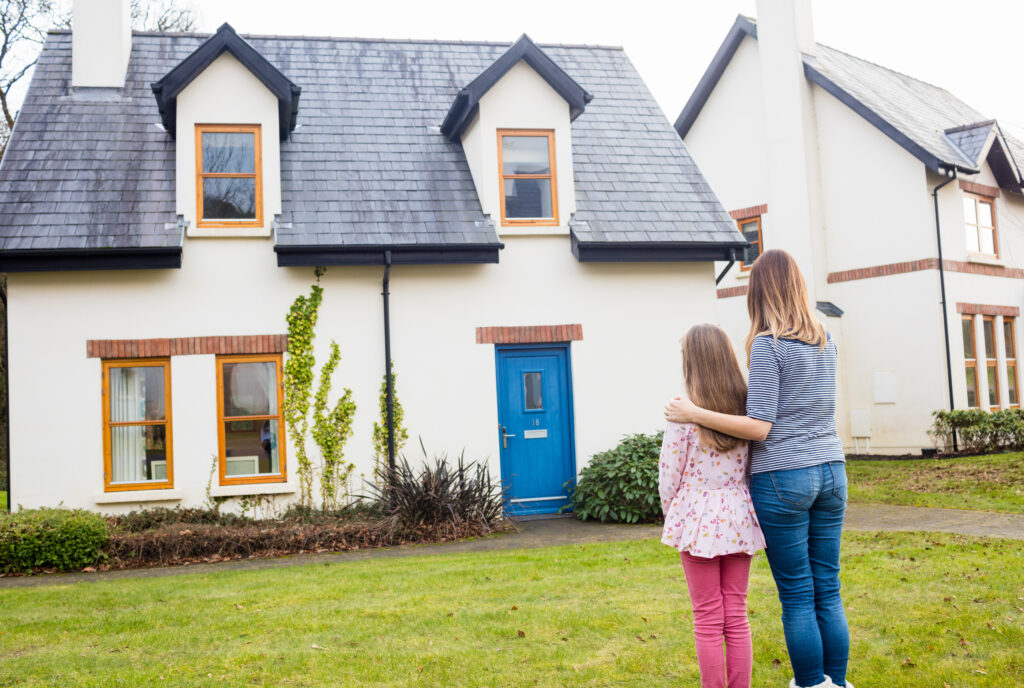
In recent years, the concept of tiny homes has gained significant popularity. These compact living spaces, typically ranging from 100 to 400 square feet, offer a unique and practical housing solution for modern families. While the idea of living in a smaller space may seem unconventional at first, there are several reasons why tiny homes have become a viable option for many families today.
Definition and Features of Tiny Homes
Tiny homes, also known as micro houses or tiny houses, are compact living spaces that have gained immense popularity in recent years. While there is no fixed square footage for a tiny home, they typically range from 100 to 400 square feet. These dwellings are designed with the goal of maximizing space utilization while maintaining functionality. They often feature innovative storage solutions, multi-functional furniture, and efficient use of vertical space. Tiny homes prioritize simplicity and minimalism, encouraging residents to embrace a clutter-free lifestyle. Despite their small size, these homes can provide all the essential amenities needed for comfortable living, including kitchens, bathrooms, bedrooms, and living areas. With their unique design and thoughtful use of space, tiny homes offer a practical and sustainable housing solution for those seeking a simpler way of life.
Flexibility and Mobility
Flexibility and mobility are key advantages of tiny houses on wheels. These unique dwellings offer the freedom to relocate and adapt to changing circumstances easily. With their compact size and mobile design, a tiny house on wheels provides a level of flexibility that traditional homes cannot match. Whether it’s the ability to travel and explore new places or the convenience of moving your home to a different location, tiny houses on wheels offer a practical solution for those seeking a flexible and mobile lifestyle.
Tiny houses on wheels also allow people to disconnect from the consumerist world and the tyranny of online lives, promoting a simpler and more intentional way of living. Additionally, tiny houses on wheels can serve as mobile businesses, providing entrepreneurs with the opportunity to own a storefront that can be moved to different locations to maximize exposure and reach. Overall, the flexibility and mobility of tiny houses on wheels make them an attractive choice for those seeking a dynamic and adaptable living arrangement.
Financial Advantages of Tiny Homes
Tiny homes offer several financial advantages compared to traditional houses. Firstly, the cost of purchasing or building a tiny home is significantly lower than that of a conventional house. With smaller square footage and fewer materials required, the upfront costs are reduced. Additionally, tiny homes often require less maintenance, resulting in long-term savings. Utility bills are also lower due to the smaller size, with reduced energy consumption for heating, cooling, and lighting. Furthermore, living in a tiny home can lead to a simpler lifestyle and reduced expenses on unnecessary possessions. Overall, the financial advantages of tiny homes make them an attractive option for those looking to save money and live within their means.
Environmental Benefits of Tiny Homes
Tiny homes offer several environmental benefits that contribute to sustainable living. Firstly, their small size results in a reduced ecological footprint. With less material and energy required for construction, tiny homes have a lower carbon footprint compared to larger houses. They also require fewer resources for heating, cooling, and lighting, leading to lower energy consumption. Additionally, tiny homes often utilize eco-friendly materials and energy-efficient appliances, further reducing environmental impact. Many tiny home dwellers embrace off-grid living by incorporating renewable energy sources like solar panels and rainwater harvesting systems, promoting self-sufficiency and reducing reliance on fossil fuels. Furthermore, the minimalist lifestyle encouraged by tiny homes promotes conscious consumption and reduces waste generation. Overall, the environmental benefits of tiny homes make them an environmentally responsible housing option for those looking to minimize their impact on the planet.
Space Utilization in Tiny Homes
Living in a tiny home requires careful consideration and creative thinking when it comes to space utilization. However, this challenge often leads to innovative solutions that can inspire families to adopt a minimalist lifestyle. Tiny homes are designed with clever storage solutions, including hidden compartments, built-in shelves, and multi-purpose furniture. By embracing a minimalist approach, families can declutter their lives and focus on what truly matters.
Challenges and Considerations
While tiny homes offer numerous benefits, it’s essential to address the challenges and considerations that come with this housing option. Limited space can be a potential obstacle, requiring families to carefully plan their storage and living arrangements. Additionally, zoning regulations and building codes can vary from one area to another, making it crucial for families to research and ensure they are compliant before embarking on the journey of tiny home living.

In conclusion, the practicality of tiny homes for modern families cannot be underestimated. With their cost-effectiveness, environmental benefits, and innovative space utilization, tiny homes provide a viable solution for those seeking a simpler, more intentional lifestyle. While challenges exist, careful planning and consideration can help families overcome these obstacles and enjoy the unique advantages of tiny home living.






